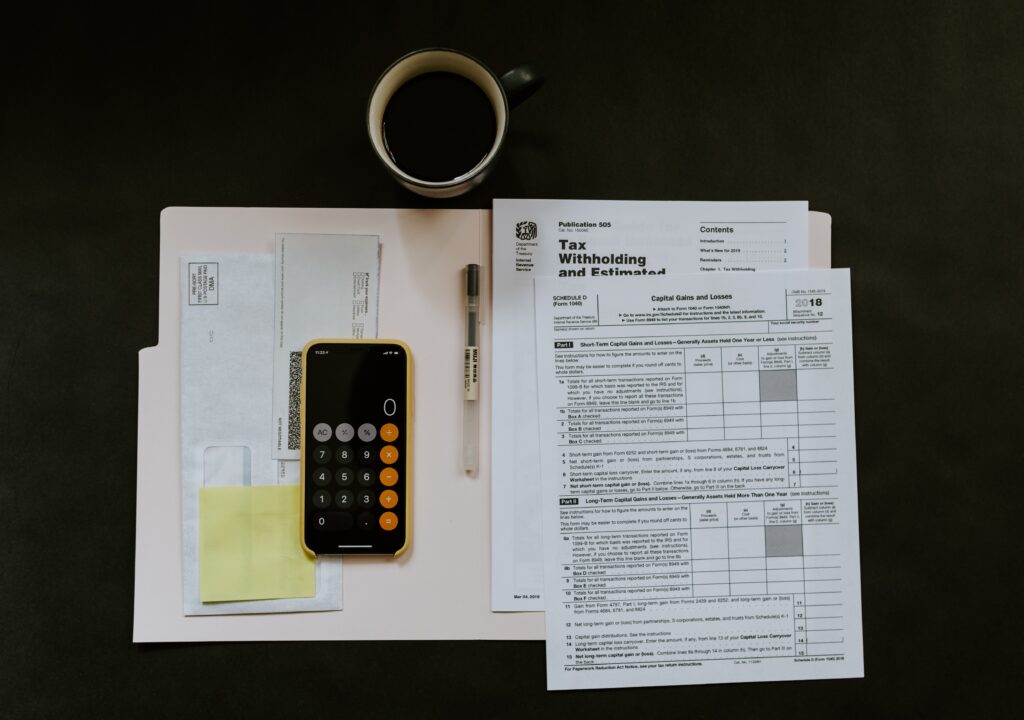Achieving your short-term and long-term financial goals isn’t exactly a walk in the park. It takes hard work, determination, and, most of all, a solid personal budget. Your personal budget helps you control your spending and tracks your income so you don’t get lost.
You might be under the impression that all budgeting does is restrict your spending, and you will have to live like a miser until you reach your goals, but that isn’t the case. The truth is, a good budget plan isn’t always based on restrictive measures to be effective.
It depends on your preference, how your lifestyle is, and what you are personally comfortable with. Here are some easy steps to follow to make a personal budget.
In This Page
1. What’s your monthly income?
First, you have to figure out how much money you make each month. Whether you only have a full-time salaried job, several part-time jobs, a small business, or just some freelancing side gigs. You have to be honest and lay it all down.
It’s also good to gather all your financial statements, including bank statements, investment accounts, utility bills, credit card bills, receipts from the last three months, and any mortgage or auto loan statements.
This will give you a good idea about your income and expenses, and access to this information will be at your fingertips as you create your budget.
2. List your fixed and variable expenses
Your fixed expenses include any mandatory expenses for which you pay the same amount after a set period. Fixed expenses will include mortgage or rent payments, car payments, internet, and phone services, trash pickups, etc.
Ensure any standard credit card payment and any other kind of spending that stays fixed for you every month.
On the other hand, variable expenses change depending on circumstances. Things like groceries, gasoline, entertainment, eating out, etc., are variable expenses that change monthly. For example, you might end up not eating out at all one month and buying more groceries than the month before. Or you might throw a party for your friends that end up exceeding the budget. In which case, you’ll also have to look for ways to throw a party on budget.
Next, you will have to assign a specific amount of cash to each of these two categories, starting with your fixed expenses. If you’re confused about how much to spend, review your costs over the previous two or three months to get a rough idea.
3. Get the total of your monthly income and expenses
The goal here is to have your income be higher than your expenses. Because the extra money that you are left over with here can become funds for your other budgeting categories. You can also consider adopting the 50-30-20 method in this case.
If your expenses are more than or equal to your income, then the chances that you’re overspending are quite high. If this rings true, then making adjustments by figuring out which areas from your variable expenses can be cut would be the right action.
4. Make necessary adjustments
You may be able to consider cutting down on entertainment-related expenses for some time until you are stable again, like eating out or going out shopping too often.
If this isn’t enough to make any significant change, you can then turn your attention to cutting down on some fixed expenses as well.
The aim is to have both your income and expenses numbers be fairly equal; a balance means all your income is going exactly where it should, whether its paying bills or going into the funds jar for retirement plans.
5. Check your financial goals
Now that you know exactly where your money is going, you can check in with your financial goals and see if everything is going according to your short-term and long-term plan.
Either it will hit you that you have to make some huge changes to keep your financial balance in check, for example, moving into a more affordable accommodation if your rent is eating away at all your salary.
In a more positive case, you may realize you have leftover cash to put in savings or give yourself a treat, like a vacation. As you evaluate all the numbers and categories, you can now insert new goals for the coming month and make whatever adjustments you deem necessary.
Wrapping up
One of the key factors when making your personal budget is figuring out what’s important to you and your immediate needs. Next comes the tools you need, such as budgeting software, a template for a personal budget, or a spreadsheet for a personal budget that you can refer to. You can also lookup a personal budget example to better understand what yours should look like.
And the last step is all about reviewing and making sure that your strategy is bringing you the results you were hoping for. Remember that with the right approach, your financial worries can make the turn for a better future.

